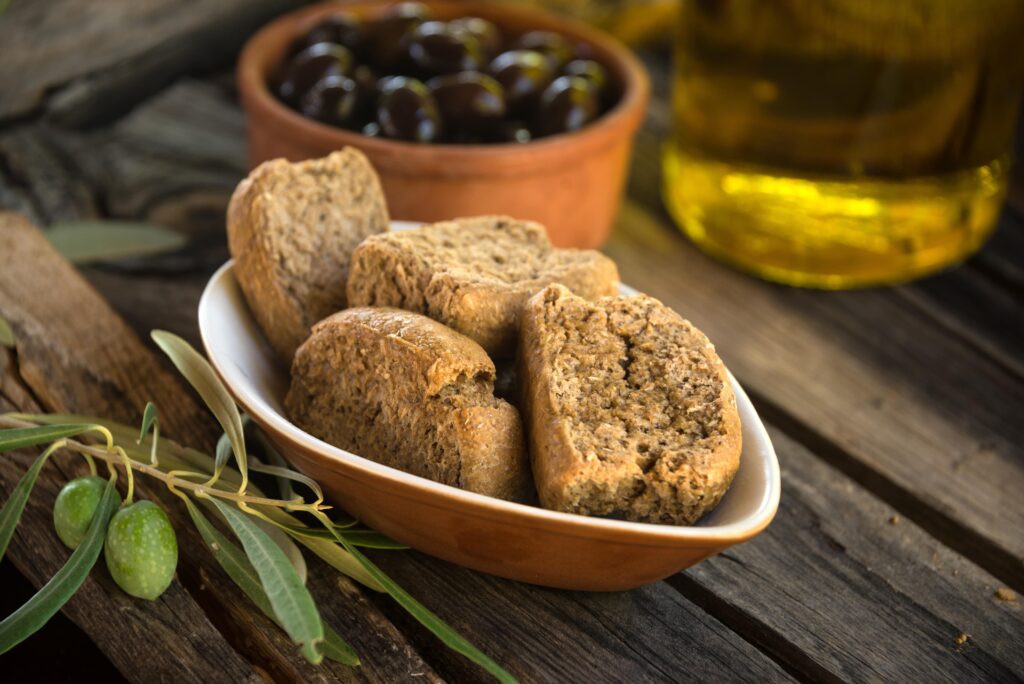The Cretan Breakfast
The mythical magic of Crete is felt in every step on Greece’s largest island. Cretan gastronomy, internationally recognized as the Cretan Diet, has its roots in the dietary habits of the ancient Minoans including olive oil, wheat, wine, honey, herbs, sheep and goats. Crete produces olive oil, which is considered one of the healthiest in the world, as well as delicious green and black olives. The Greek Breakfast of Crete is a celebration of local specialties that are so special they are named after a locale. There is the famous bougatsa of Heraklion, filo dough with either cheese or sweet … Read more



















